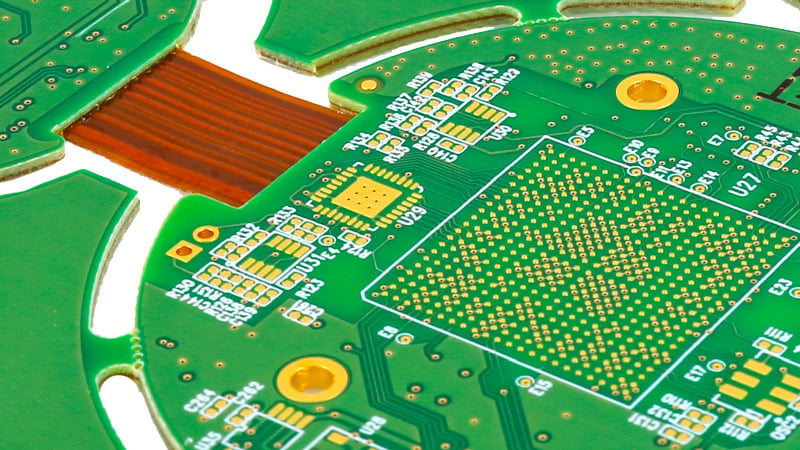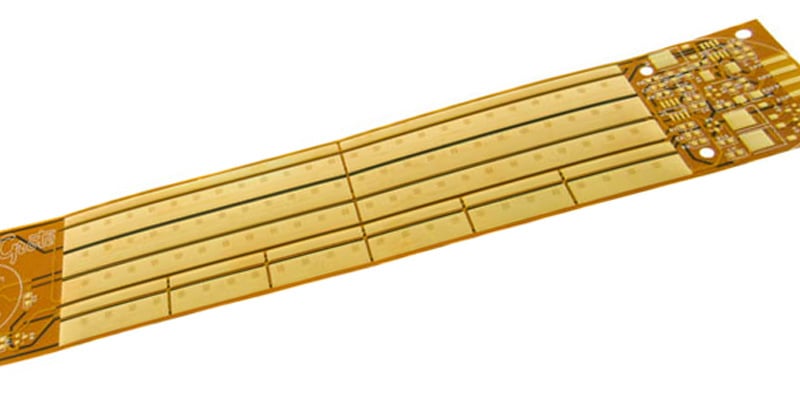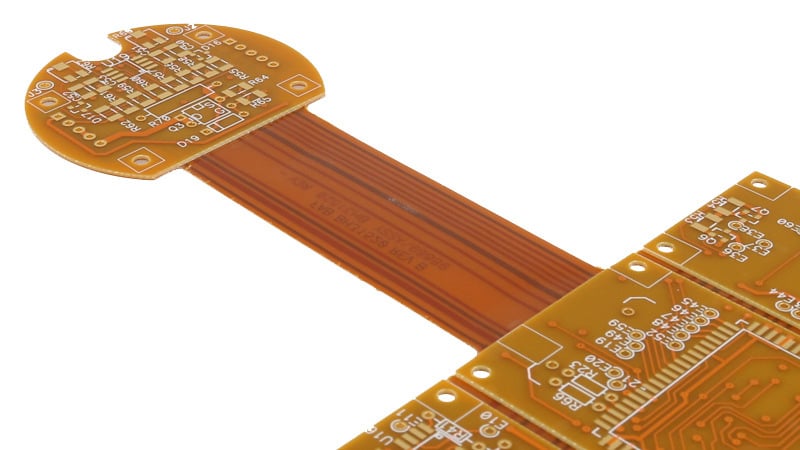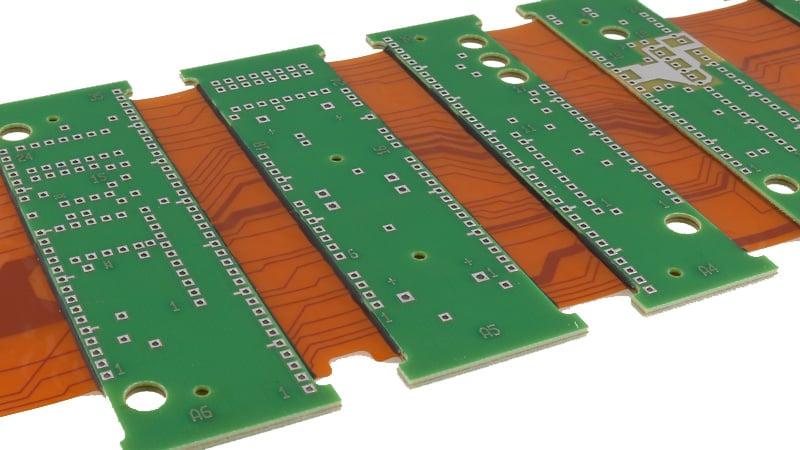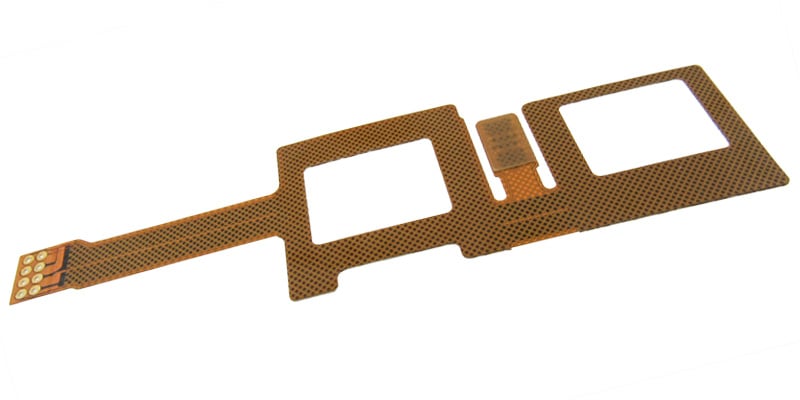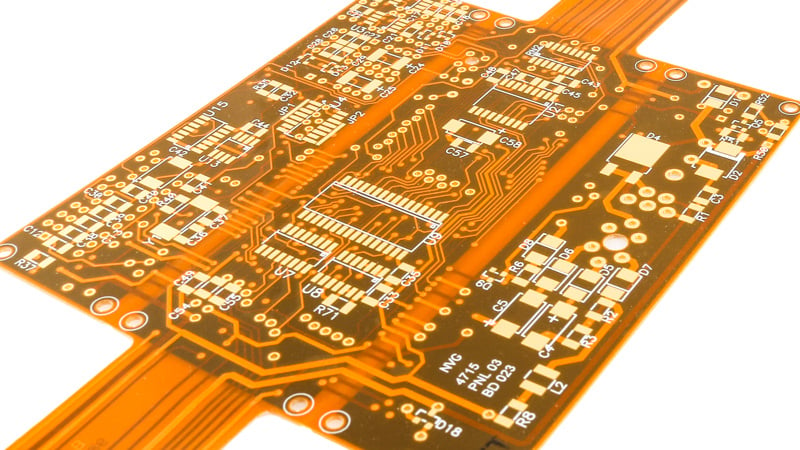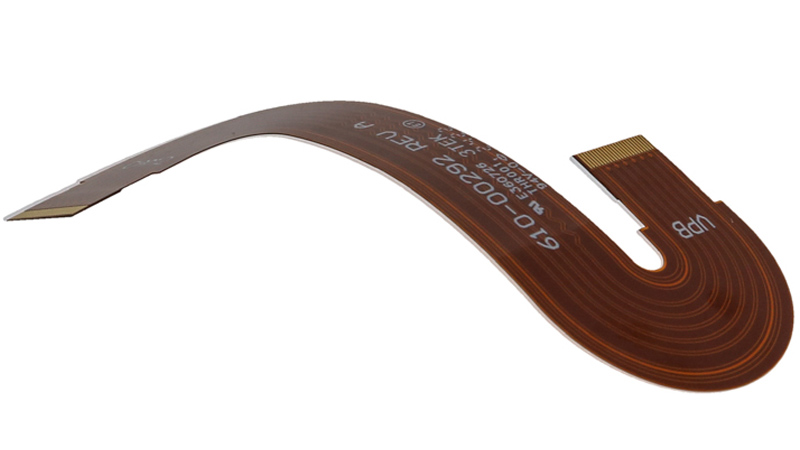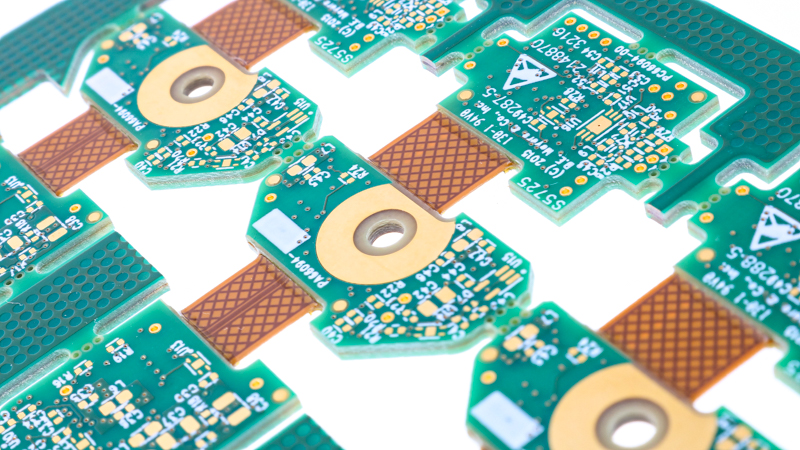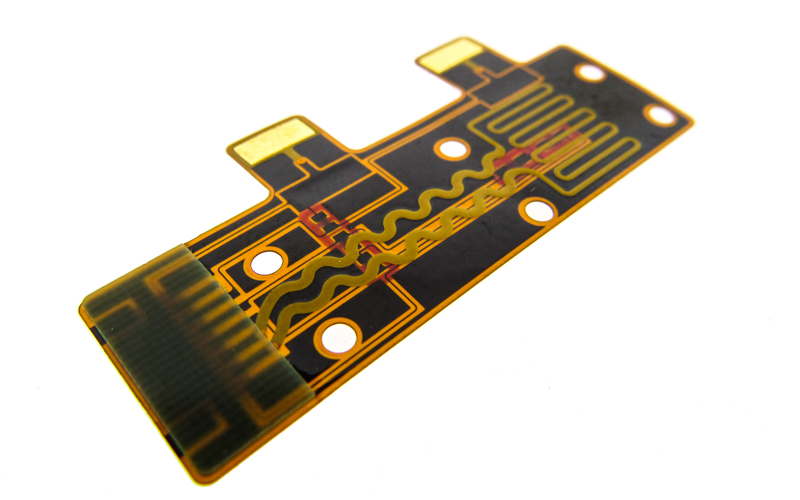At the conclusion of our webinar, Defining Stack-Ups for Flex and Rigid-Flex Circuit Boards, we had several questions submitted to our presenter, Zachary Walker, Product Manager of Flex and Rigid-Flex Circuits at Epec. We have compiled these questions into a readable format on our blog.
In the realm of electronics design, especially when dealing with Gerber files for flexible circuit board layouts, engineers continually seek innovative solutions to combat electromagnetic interference (EMI). Shielding is a pivotal strategy in this battle, serving not just to protect sensitive components but also to ensure the integrity and performance of the electronic device as a whole.
In the rapidly evolving world of electronics, the quest for reliable, efficient, noise-free high-speed signal transmission is relentless. Traditional rigid circuit boards, while foundational to electronic design, often face limitations when it comes to supporting the high demands of modern high-speed applications. Thanks to flexible circuits, however, many of these demands can be met and can even be improved upon.
In the evolving landscape of electronic engineering, the quest for reliability in electronic components has never been more critical. At the heart of this pursuit lies the concept of reliability — the ability of an apparatus or system to consistently perform its required function without degradation or failure.
In the digital age, the integrity of electronic circuits is paramount to the flawless operation of devices we rely on daily. Yet, one pervasive challenge continually disrupts this harmony: Electromagnetic Interference (EMI).
In the dynamic world of electronic design, the IPC 2223C standard has emerged as a cornerstone for enhancing the reliability and performance of flex and rigid-flex circuits. Established in 1998, this pivotal guideline set forth by the IPC (Institute for Printed Circuits) has been instrumental in addressing the complexities and challenges inherent in the design and manufacture of these versatile circuits.
In the dynamic world of flex circuit design, a recurring challenge presents itself: balancing electrical requirements with mechanical demands. These two aspects often clash, creating a complex scenario for designers.
Flex circuits, integral to modern electronics, present unique challenges in their design and application. This blog post delves into the complexities of integrating electrical requirements with mechanical constraints in flex circuit designs. We'll explore various applications, their design considerations, and industry standards, providing a comprehensive view for engineers and designers.
In the realm of high-speed electronic design, controlled impedance is an absolute requirement for flex and rigid-flex printed circuit board (PCB) configurations. This blog post delves into the intricacies of achieving controlled impedance in these designs, examining the factors that influence it, the different configurations available, and their impact on PCB thickness and flexibility.
The most important, most critical, and among the most helpful of all documents for building and designing flex and rigid-flex circuits is IPC-6013.


